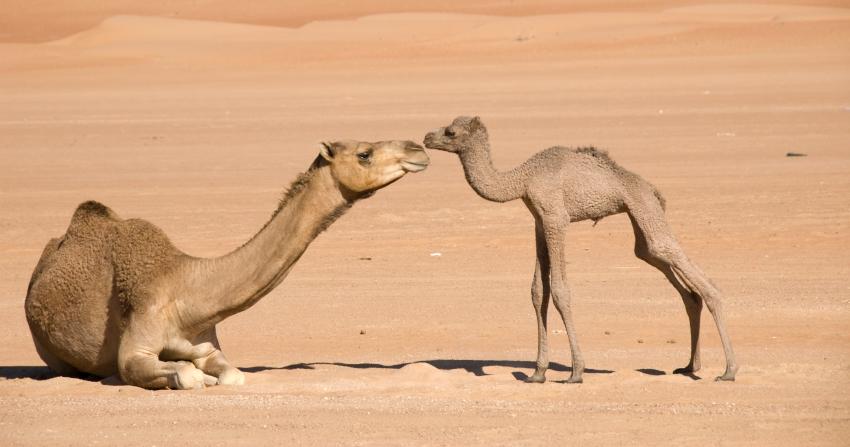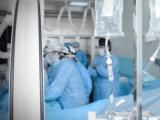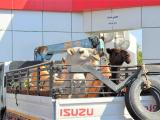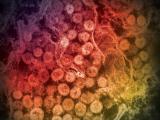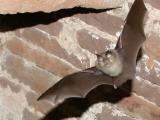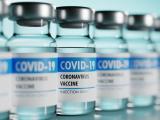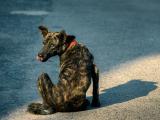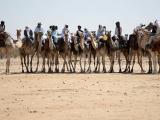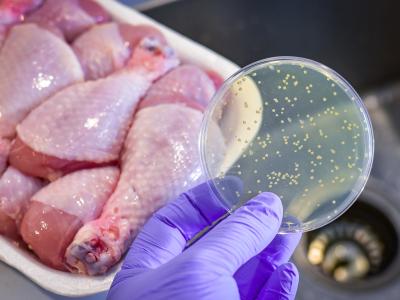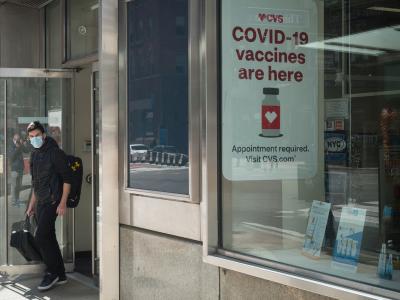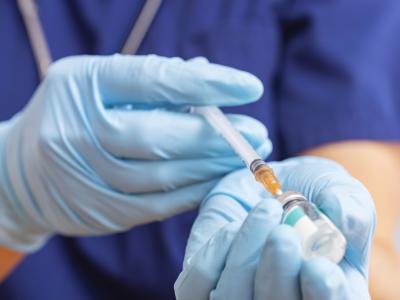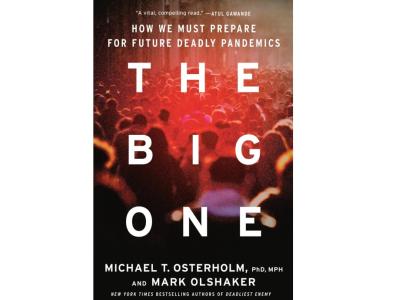A top Saudi Arabian health official said poor communication by laboratories and hospitals was the main reason that 113 MERS-CoV cases, including 92 deaths, were not reported promptly, according to a Reuters report today.
Tariq Madani, head of the scientific advisory board at the Saudi Ministry of Health (MOH), said 80 of the cases were confirmed by government hospitals and labs, but they didn't notify the MOH of the results, according to the story. The cases were belatedly reported by the MOH last week, increasing the nation's case count by almost 20%.
Meanwhile, the MOH reported one new MERS-CoV (Middle East respiratory syndrome coronavirus) infection today, after going 2 days without any. The case involves a 36-year-old male expatriate who is in stable condition in the southwestern town of Al Bahah. He is not a healthcare worker, the ministry said.
The case raised the Saudi MERS tally to 701 cases, while the death toll remained at 287. Forty-six patients are still under treatment, and 368 have recovered.
Also today, several new reports offered more data on MERS-CoV in dromedary camels. A report in Eurosurveillance supplied more details on findings about MERS-CoV in camel milk, and another study in the same journal added to the evidence that the virus or a closely related one has been circulating in Saudi Arabian camels since the early 1990s.
Delayed case reporting
Madani told Reuters that 58 of the 113 belatedly reported MERS cases were confirmed in government hospitals or labs, but they did not inform the MOH. Another 22 cases were confirmed at King Faisal Specialist Hospital in Jeddah, but the hospital didn't tell the MOH and didn't send duplicate samples to government labs, he said.
Conflicting test results were the reason for the delayed reporting of the other 33 cases, Madani reported. Samples from those patients tested positive in private labs but negative in government labs, he explained.
Previously the MOH policy was that if MERS-CoV test results from private and government labs conflicted, the government results ruled, Madani told Reuters. The new health minister, Adel Fakieh, has changed the policy so that a positive test from any MOH-accredited lab will be counted, he said.
When the MOH reported the 113 cases last week, it didn't give any of the standard details, such as patient age range, gender balance, and locations. Madani said detailed information has been submitted to the World Health Organization (WHO), and WHO officials said they are now verifying the data with Saudi officials to make sure there is no double counting, according to the story.
Madani also told Reuters he didn't believe the non-reporting had been intentional and said he thought a 20% deficit in reporting of cases is not unusual in a disease outbreak. But others took issue with that view.
Michael T. Osterholm, PhD, MPH, said there is no number that's regarded as normal for the proportion of cases not reported in an outbreak. Osterholm is director of the University of Minnesota's Center for Infectious Disease Research and Policy, publisher of CIDRAP News.
"For serious outbreaks where cases are detected clinically and by labs, there should be complete ascertainment," he told CIDRAP News. If a lab does confirm a case but doesn't report it, "that's a systems failure."
He also noted that a large share of cases can go undetected and unreported if many people have only a mild illness or asymptomatic infections.
Osterholm said he'd like to see more information about all of Saudi Arabia's cases, but he described recent communication developments there as positive: "The information coming from Saudi Arabia right now is still not optimal; we still need more details on when, what, where, and how [patients] became infected. But I think they have a good start on improving on that, and I commend them for it."
Meanwhile, a disclaimer posted today on the MOH's MERS-CoV page hinted that more surprises about case numbers could be on the way. It reads, "The total number of cases is subject to change due to reclassification, retrospective investigation, consolidation of cases and laboratory data, and enhanced surveillance outcome."
MERS-CoV in camel milk
Today's Eurosurveillance study on camel milk in Qatar says that MERS-CoV RNA was found in the milk of five out of seven camels that were shedding the virus. The report appears to match up with limited information in a report that Qatar filed with the World Organization for Animal health (OIE) on Jun 9.
Camels are regarded as a probable important source of human MERS-CoV infections, and camel milk has been suggested as one possible transmission pathway.
In the study, investigators from the Netherlands, Qatar, and Egypt took serum and milk samples and nasal and rectal swabs from 33 milking camels at two sites in Qatar where MERS-CoV was known to be circulating in camels. The milk was collected according to local customs, with which, the authors say, contamination can easily occur.
The serum samples and milk were tested for MERS-CoV antibodies, and the swabs and milk were tested for MERS-CoV RNA using reverse-transcription polymerase chain reaction (PCR).
At one of the sites, the investigators found that 7 of 12 camels were shedding the virus in milk and/or feces, and MERS-CoV RNA was found in the milk of 5 of these 7 animals. In addition, all the serum and milk samples from both sites contained antibodies to the MERS-CoV spike protein.
"It remains to be seen if the results reflect the presence of infectious virus in the milk samples," because there was too little viral RNA in the milk to attempt virus isolation, the authors write. They call for local studies to assess the amount of virus in camel milk.
In the meantime, "it can be concluded that the presence of MERS-CoV RNA in raw milk as consumed locally might represent a source for zoonotic transmission of MERS-CoV and prudence is called for," they add. They say that boiling camel milk would be an easy way to prevent transmission.
Signs of MERS-CoV–like virus in 1993
In the other Eurosurveillance study, scientists from several countries ran serologic tests for MERS-CoV in recent camel samples from Egypt and Australia and on Saudi Arabian camel samples collected in 1993.
The results indicated that MERS-CoV or a very similar virus existed in camels in 1993, which agrees with previous studies, including one released in February, which found MERS-CoV–like antibodies in camel samples dating from 1992.
In addition, the authors found no evidence of MERS-CoV in Australian camels, though the sample included only 25 animals.
The main aim of the study was to determine the accuracy of a new test called pseudoparticle neutralization (ppNT), which can be used to detect antibody to MERS-CoV without the need for biosafety level-3 (BSL-3) containment. The authors found that ppNT and microneutralization did not cross-react with antibodies to other coronaviruses found in camels, suggesting that they are good tools for seroepoidemiologic studies in animals.
Infected camels in Kuwait
In still another development, Kuwait's agriculture ministry supplied more details about the country's first MERS-CoV detections in camels, which were first mentioned on Jun 10 in a brief story from the Kuwait News Agency (KUNA).
In a report yesterday to the OIE, Kuwaiti officials said MERS-CoV was detected in nasal swabs collected during surveillance at two farms, one in Al Ahmadi governorate and one in Al Jahrah governorate. Five infected camels were found—2 of 25 at the Al Ahmadi farm and 3 of 38 at the Al Jahrah farm. The camels at both farms were apparently healthy.
Al Jahrah governorate is in northern Kuwait, and Al Ahmadi governorate is in the south, south of Kuwait City.
Officials said Kuwait's public health ministry collected samples from people on the farms who had contact with the camels, and tests for MERS-CoV were negative.
News writer Lisa Schnirring contributed to this story.
See also:
Jun 12 Reuters story
Jun 12 Saudi MOH statement
Jun 12 Eurosurveillance report on MERS-CoV in camel milk
Jun 12 Eurosurveillance report on MERS-CoV in Saudi camels in 1993
Jun 11 OIE report from Kuwait
Feb 25 CIDRAP News story on study suggesting MERS-CoV was in Saudi camels in 1992
